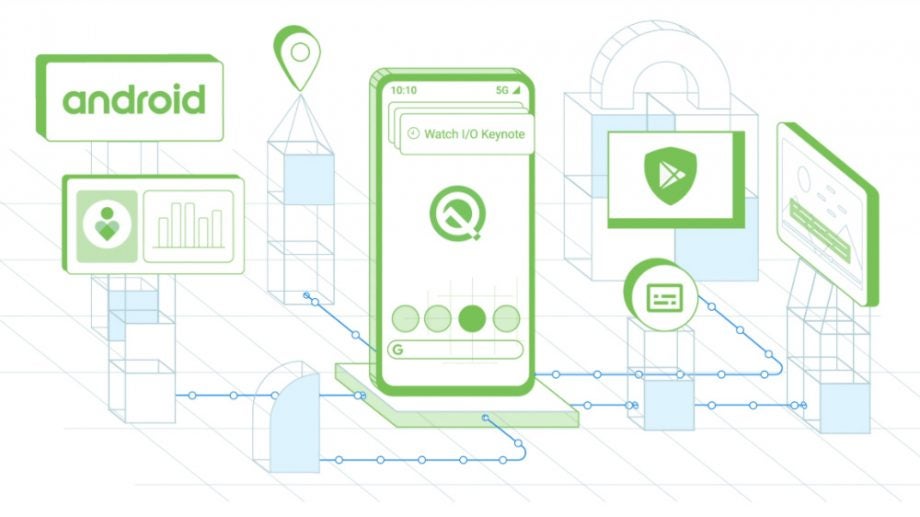Android Q is still missing a name, but it’s almost ready for release

Google has released the latest Android Q beta and all indications are that the next-gen OS is almost ready for prime time.
Android Q Beta 4 contains an updated API that enables developers to run the final compatibility tests on their applications ahead of the consumer rollout expected in August.
“Today we’re releasing Beta 4 with the final Android Q APIs and official SDK — the time is now to get your apps ready for the final release later in the summer!” Android’s VP of Engineering Dave Burke wrote in a blog post on Wednesday.
The upgrade to API Level 29 is the major upgrade over Android Q Beta 3, which was released last month, but there are some changes users may notice also.
Related: How to install Android Q on your smartphone now
A GIF shared by Google in the blog post (below) shows further refinements to to the gesture-based navigation system that’ll represent a major change to the Android operating system when it reaches consumers.

The iOS-like system, which will replace the on-screen navigation buttons currently sitting in Android Pie, now give users a wider margin of error when making the various swipes.
In the blog post, Google told developers “you can deliver seamless, edge-to-edge experiences on today’s innovative devices by optimizing for foldables and supporting gestural navigation in your app.”
Android Q, which was officially previewed at Google I/O last month, will focus on three themes, which the company identifies under innovation, security and privacy and digital wellbeing. The OS will also embrace foldables, edge-to-edge screens, 5G connectivity and on-device machine learning.
As well as the notifications, there’s a brand new system-wide dark mode to look forward to and Bubbles, which will give users the opportunity to pull up floating versions of apps on top of content. For example, when you’ve got a notes app open, you’ll be able to pull up a text conversation over it, in order to send a quick reply.
There’s also new location tools that’ll give Android Q users finer controls over when applications can view their whereabouts. Other privacy-centric features limit apps’ access to device IMEI, serial number, and other identifying information. It also gives users a little more protection when using Wi-Fi networks by randomising the devices MAC (media access control) address.


